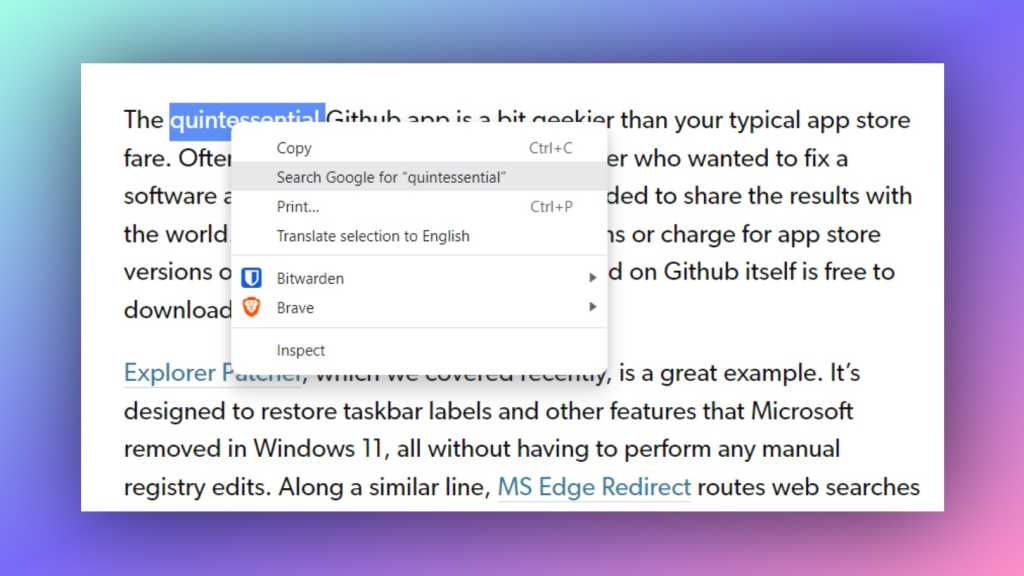Modern routers generally provide decent indoor wireless coverage. Most people understand how to address dead zones by upgrading their router or opting for a mesh Wi-Fi system. But what about extending that coverage to your outdoor spaces? Numerous devices require a reliable outdoor connection, including security cameras, smart lighting, doorbells, and even your phone or tablet. With the increasing prevalence of Wi-Fi-enabled outdoor gadgets like BBQs, the demand for robust outdoor Wi-Fi is only growing.
Your home’s walls act as significant barriers to Wi-Fi signals, explaining why your garden might be a connectivity dead zone. Although signals can penetrate glass, signal strength diminishes with distance from your router. Slow-loading web pages or constant buffering are frustrating, but a weak signal becomes a major problem when working in outbuildings like garages or backyard offices.
This article outlines the available options for extending your Wi-Fi outdoors and the associated costs. While repositioning your router might be a free solution, most scenarios will require investing in additional hardware.
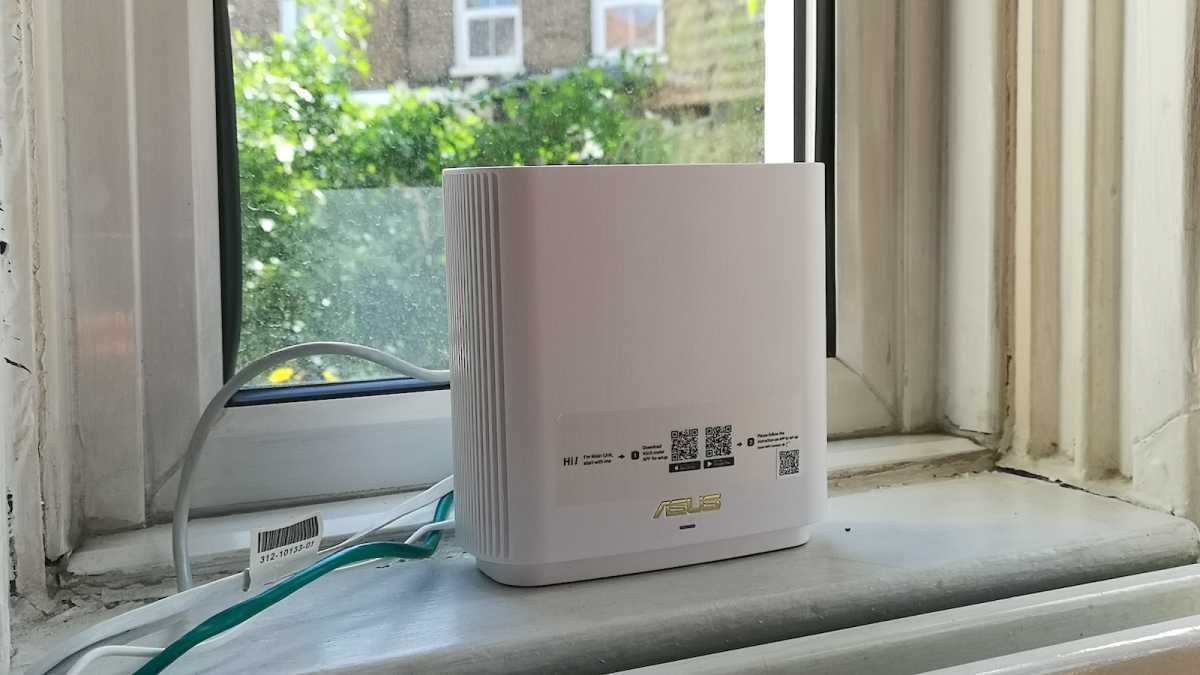 A white Asus ZenWiFi XT9 mesh Wi-Fi unit connected to a modemA typical router with internal antennae
A white Asus ZenWiFi XT9 mesh Wi-Fi unit connected to a modemA typical router with internal antennae
Repositioning Your Router: A Free Fix
Most homes rely on a single broadband router for Wi-Fi. However, these devices are often tucked away, hindering their effectiveness. Ideally, a single router should be centrally located. In two-story homes, positioning it near the lower floor’s ceiling improves upstairs reception.
For optimal outdoor signal, place your router as close as possible to the area in your garden requiring internet access. Routers with internal antennae, like the one pictured, emit a 360° signal. Experiment with placement, perhaps facing a wall or window leading to your garden, to optimize signal strength. If your router has external, adjustable antennae, orienting them towards your garden can significantly improve reception.
1. Powerline Adapters: Simple and Cost-Effective
Powerline adapters offer a quick, easy, and often affordable solution, provided you have a power outlet in your desired outdoor location. The socket must be protected from the elements, making this option ideal for garages or sheds.
Powerline adapters utilize your home’s electrical wiring to transmit network signals. Plug one adapter near your router and the other where you need Wi-Fi. Note that standard powerline adapters lack Wi-Fi capabilities. Opt for a kit with a Wi-Fi-enabled adapter, like the TP-Link TL-WPA8631P KIT.
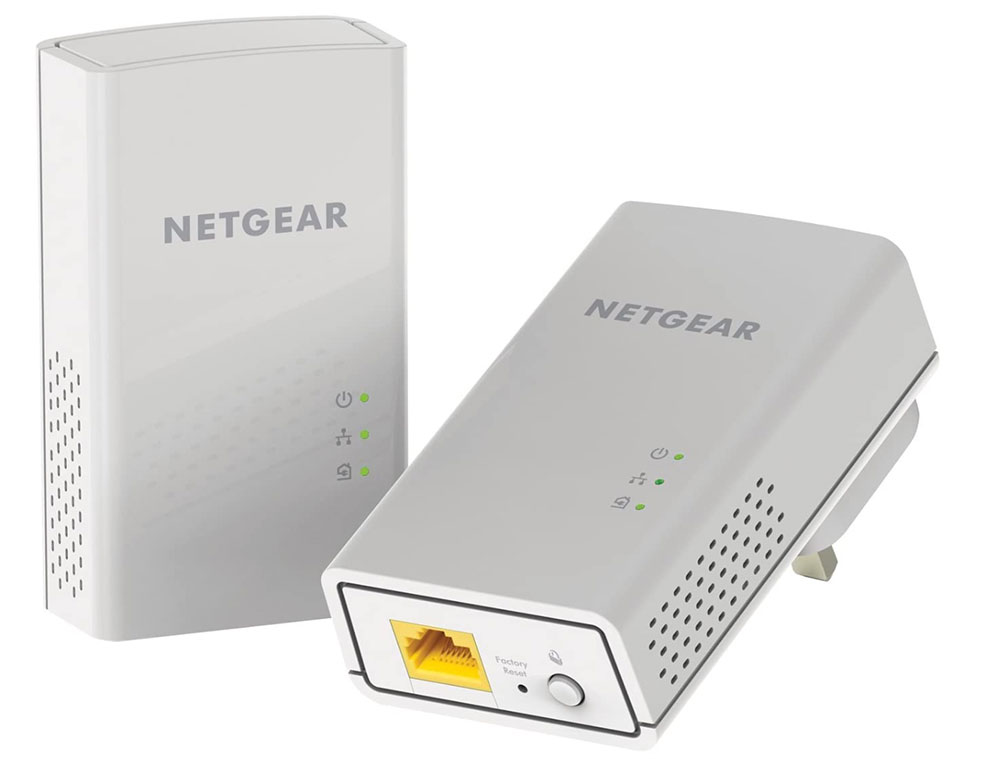 NETGEAR PL1000 PowerlineNetgear Powerline Adapter
NETGEAR PL1000 PowerlineNetgear Powerline Adapter
While theoretically offering high speeds, powerline adapters can be slower in practice, particularly over long distances. Performance depends on wiring quality, age, and length. Speeds might suffice for general internet use and video calls, but consider alternative methods for bandwidth-intensive tasks.
2. Outdoor Wi-Fi Antennas: Enhancing Reception
If outdoor power isn’t available, consider an outdoor Wi-Fi antenna. Some antennas replace your router’s existing antenna, but most routers lack removable antennas. Alternatively, a USB Wi-Fi antenna can be connected to a device like a laptop and mounted facing your house to capture the weak signal.
Another option is an external Wi-Fi router, like the TP-Link Deco X50 Outdoor. It can be mounted and connected to your existing router via Ethernet, offering strong Wi-Fi over considerable distances.
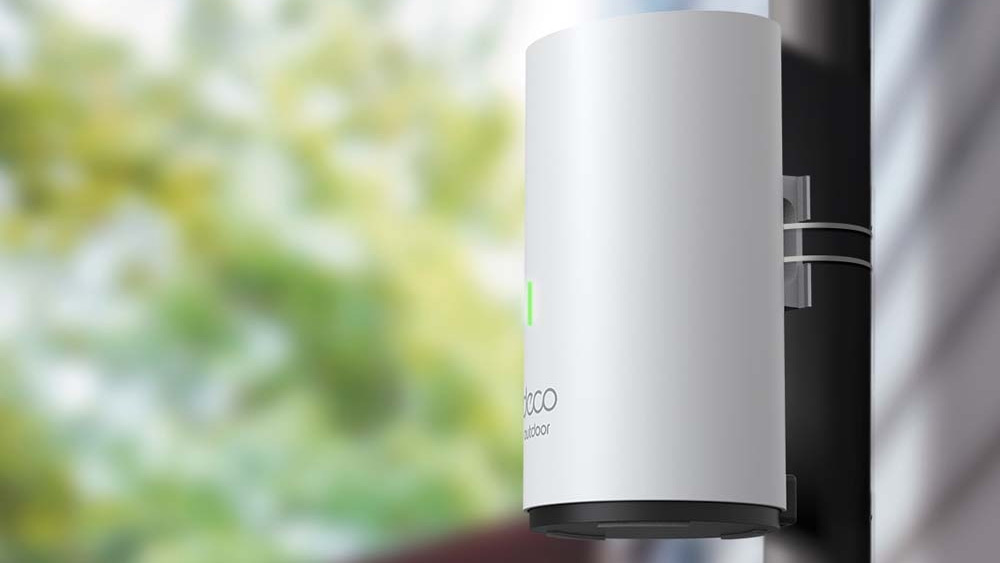 TP-Link Deco X50 outdoorTP-Link Deco X50 Outdoor Router
TP-Link Deco X50 outdoorTP-Link Deco X50 Outdoor Router
3. Wi-Fi Extenders and Mesh Wi-Fi: Expanding Coverage
Wi-Fi extenders re-broadcast your router’s signal, providing a boost for outdoor usage. While affordable, they halve the available bandwidth. Mesh Wi-Fi systems, utilizing multiple routers, offer similar functionality but are also limited by distance. Both options are suitable for extending coverage within approximately 30 feet of your home.
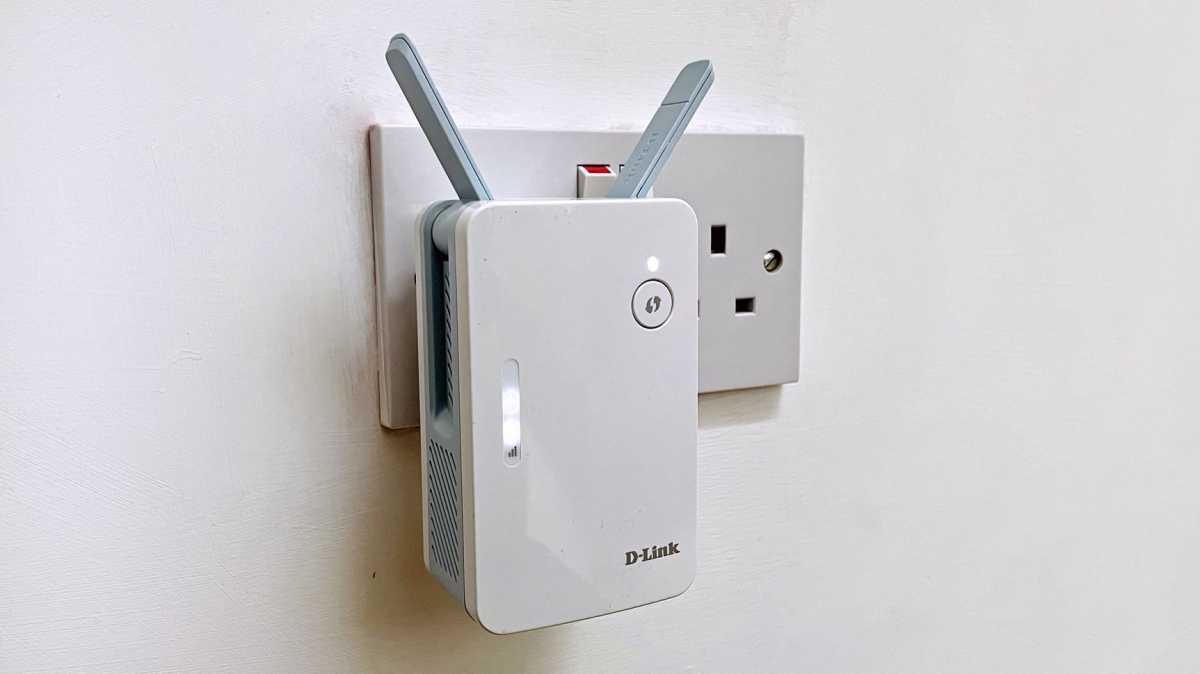 D-Link Eagle Pro AI E15 Mesh Range ExtenderD-Link Wi-Fi Extender
D-Link Eagle Pro AI E15 Mesh Range ExtenderD-Link Wi-Fi Extender
4. Ethernet Cabling: A Reliable Wired Solution
Running Ethernet cables directly to your outbuilding provides a reliable, high-speed connection, especially over long distances. Use outdoor-rated, direct burial cable for durability. While ready-made cables are available, installing your own allows for greater flexibility. Opt for Cat 6 or better cable for future-proofing. A second router in access point mode or a mesh system with wired backhaul can then provide Wi-Fi coverage in the outbuilding.
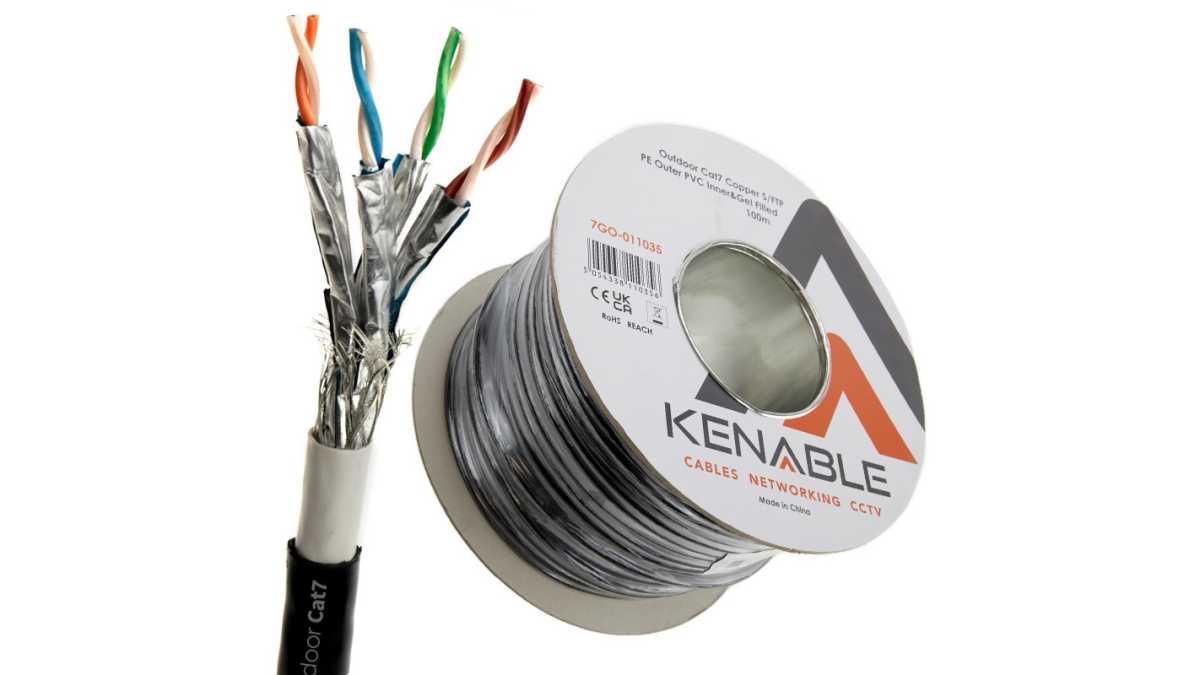 Outdoor Cat7 Ethernet cableOutdoor Ethernet Cable
Outdoor Cat7 Ethernet cableOutdoor Ethernet Cable
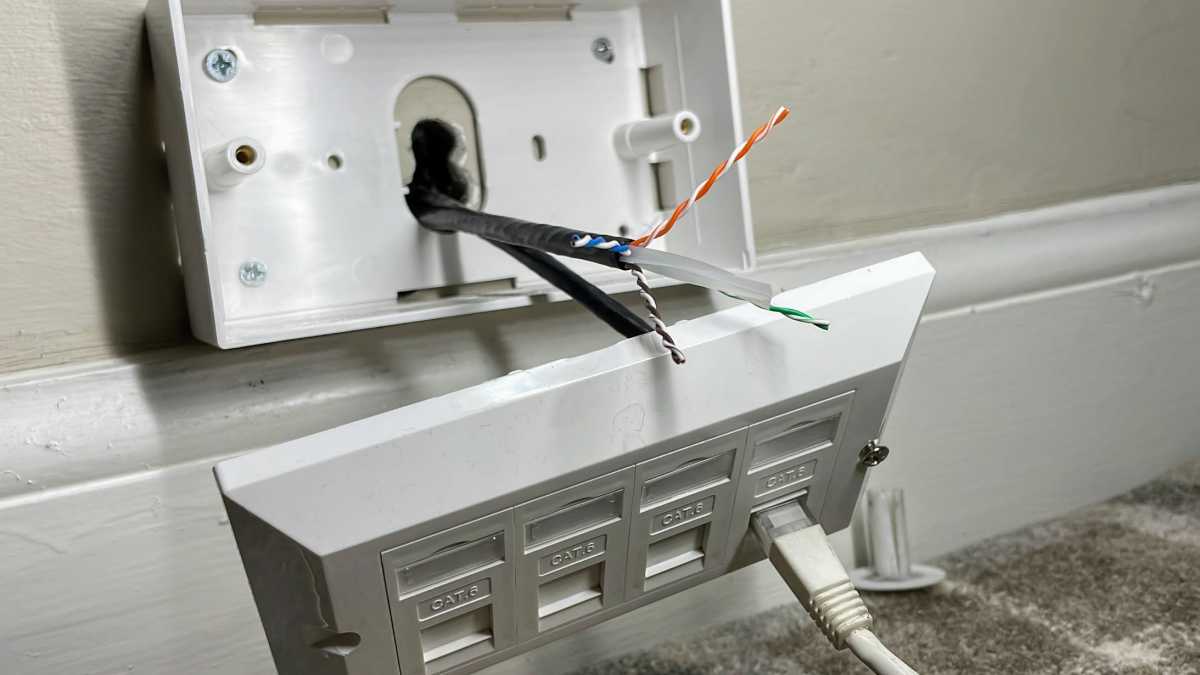 4-gang Ethernet wall plateEthernet Wall Plate
4-gang Ethernet wall plateEthernet Wall Plate
5. Access Points: Professional-Grade Solutions
Access points connect to your existing router to provide Wi-Fi in a specific area. Primarily used in office settings, they offer a robust solution for extending Wi-Fi to distant outbuildings. In client mode, an access point acts as a receiver, capturing the signal from your router and providing an internet connection. For extremely long distances, a point-to-point (PtP) system, consisting of two access points creating a wireless bridge, might be necessary. Costs vary widely depending on speed, features, and whether professional installation is required.
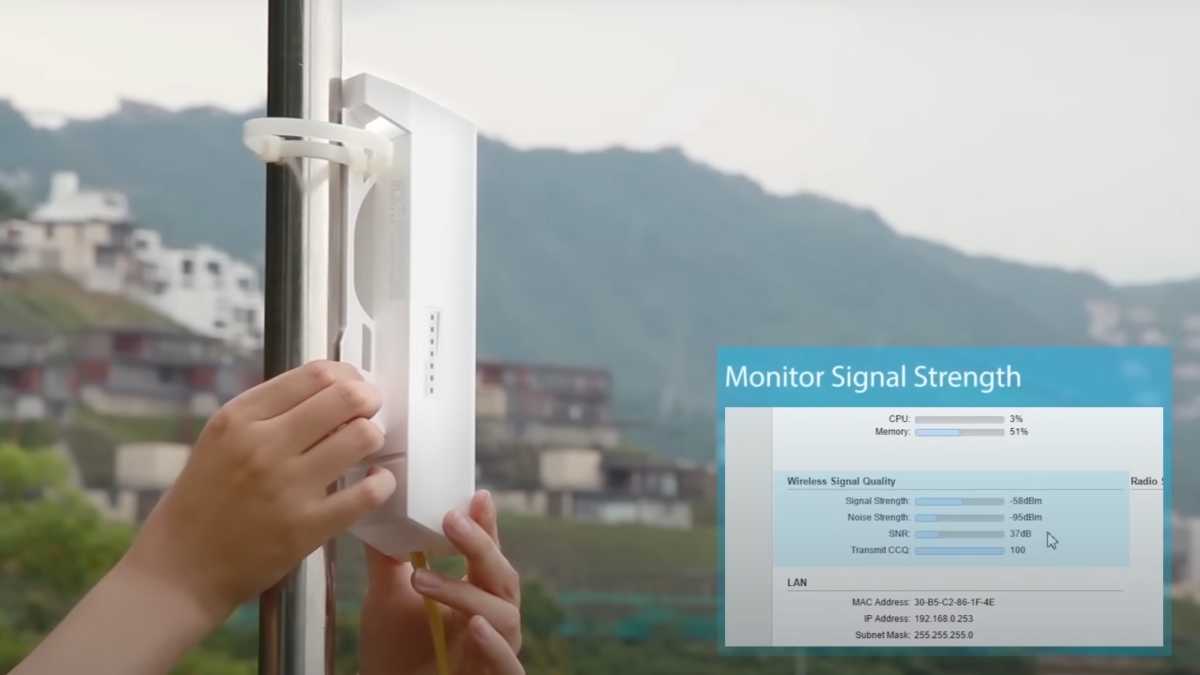 TP-Link CPE510TP-Link Access Point
TP-Link CPE510TP-Link Access Point
By understanding these options, you can choose the best method for extending your Wi-Fi signal outdoors, ensuring seamless connectivity for all your devices.






